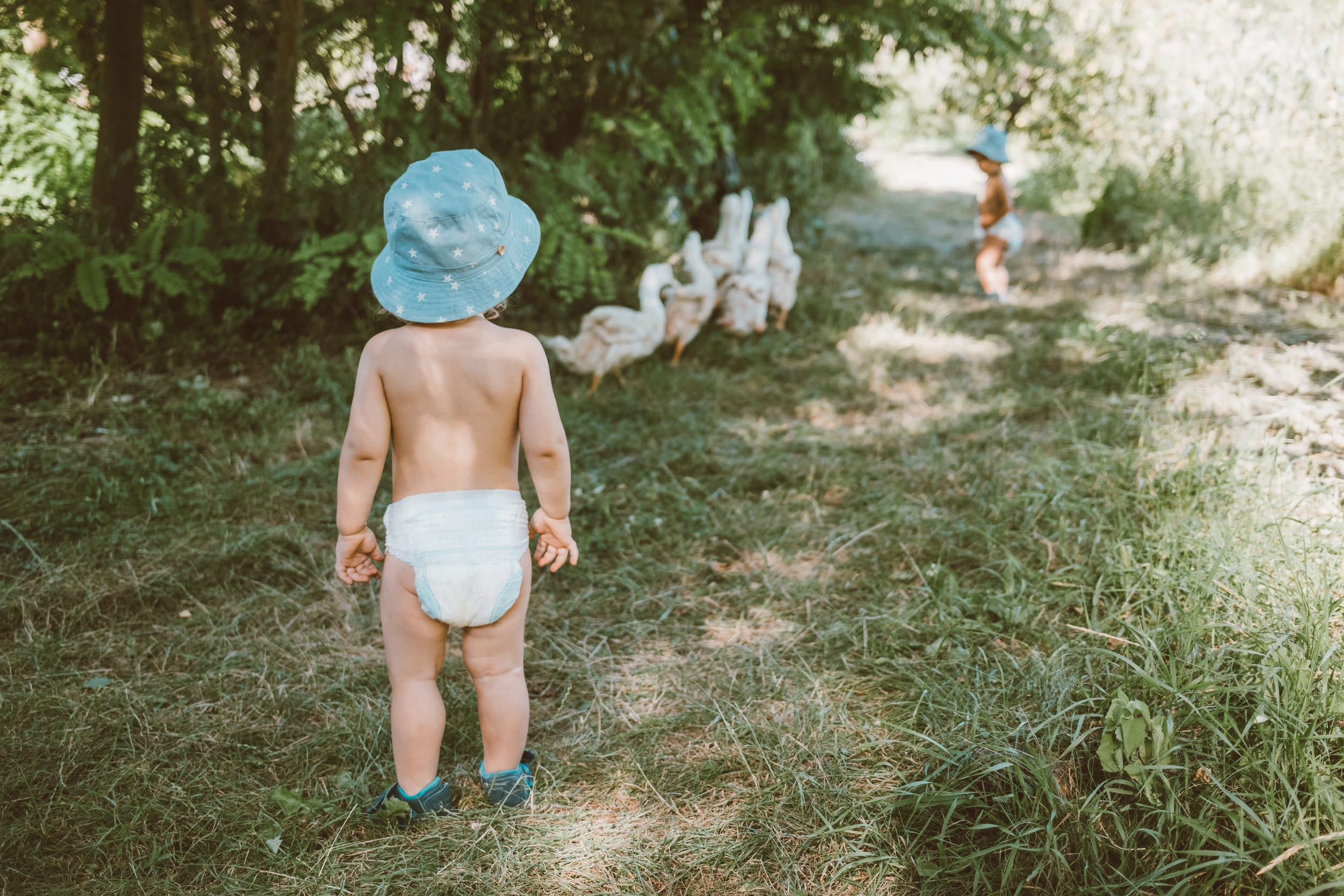Potty training is a major milestone that every parent eagerly anticipates, yet for some, it seems to be delayed. If your three-year-old is still in diapers, you might be feeling a mix of frustration and concern. However, with the right strategies and a patient approach, you can help your child transition smoothly from diapers to the toilet. This article outlines practical steps to expedite the potty training process and ensure a successful transition. Let’s explore proven methods to help your child become potty trained immediately.
Assessing Readiness
Before beginning potty training, it’s important to determine if your child is truly ready for this transition. Look for signs like showing interest in the toilet, staying dry for longer periods, and expressing discomfort with a soiled diaper. Recognizing these cues ensures that both you and your child are prepared for the process. Starting too early can lead to frustration for both parties, while waiting too long might delay progress further. A careful assessment sets the stage for a smoother and more successful training experience.
Creating a Positive Environment
Establishing a supportive atmosphere is crucial for effective potty training. Introduce the concept through engaging, age-appropriate books or videos that explain the process in a fun way. Provide a child-friendly potty chair in a familiar and comfortable space to reduce anxiety. Celebrate small successes, such as sitting on the potty, to reinforce positive behavior. Avoid punishing accidents—instead, use them as learning opportunities to build confidence and encourage progress.
Implementing a Consistent Routine
Consistency is key to successful potty training. Set specific times throughout the day for your child to sit on the potty, such as after meals and before bedtime. A predictable routine helps your child associate certain times with using the toilet, reducing anxiety and resistance. Consistency in practice reinforces the habit and gradually builds confidence. Over time, this structured approach will lead to steady progress and increased independence.
Encouraging Independence
Empower your child by involving them in the potty training process. Let them choose their own underwear or decorate their potty chair to make it more inviting. Teach them how to pull their pants up and down, promoting self-sufficiency. This active participation boosts their confidence and makes the process more engaging. Independence in this task not only accelerates training but also builds important life skills.
Handling Setbacks Gracefully
Accidents are an inevitable part of potty training, and handling them calmly is crucial. When setbacks occur, reassure your child that mistakes are a normal part of learning. Offer gentle guidance and encourage them to try again without fear of punishment. Maintaining a patient and supportive attitude helps preserve their self-esteem. Consistent, positive reinforcement will ultimately lead to success in this transition.
The Potty Training Journey
Potty training is a significant milestone that requires patience, consistency, and a nurturing approach. By assessing readiness, creating a positive environment, and encouraging independence, you can help your child transition from diapers to the toilet with confidence. Remember, every child’s journey is unique, and setbacks are merely stepping stones to success. Celebrate each small victory along the way and provide unwavering support.
What strategies have you found effective in potty training your child? Share your experiences and tips in the comments below.
Read More:
Is Your Child Still Peeing in the Bed? Here Are the Best Tools for Potty Training
Sleeping, Outings and Other Tips to Remember During Potty Training
Tamila McDonald is a U.S. Army veteran with 20 years of service, including five years as a military financial advisor. After retiring from the Army, she spent eight years as an AFCPE-certified personal financial advisor for wounded warriors and their families. Now she writes about personal finance and benefits programs for numerous financial websites.

